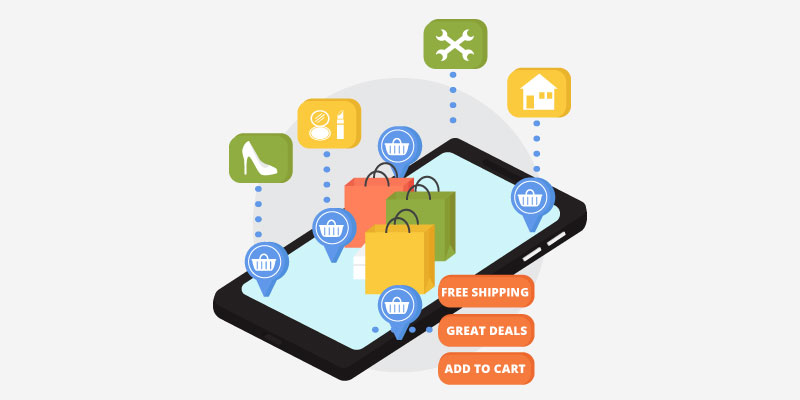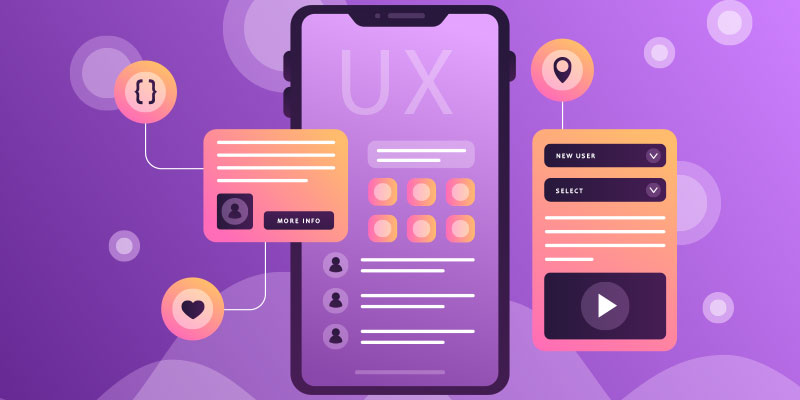The Famous Five: What Goes Into An Ideal Creative Brief?
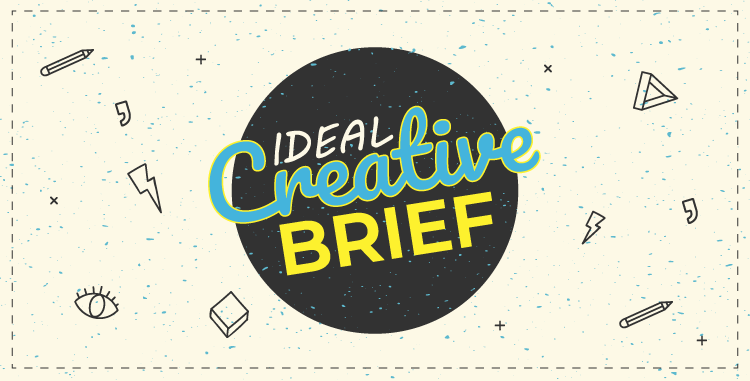
Vector Source: Freepik
If your building blocks lack quality and precision, then you’re bound to fail in creating a strong and steady house. Same ideology goes for a design project, in which you need a descriptive and insightful creative brief for a fetching outcome.
No matter what you’re getting designed, make sure the creative brief has all the necessary elements needed to make a great brand identity.
Let’s check out the elements of a creative brief – one that is ideal for making winning branding designs and marketing campaigns.
1) Introduce Your Company
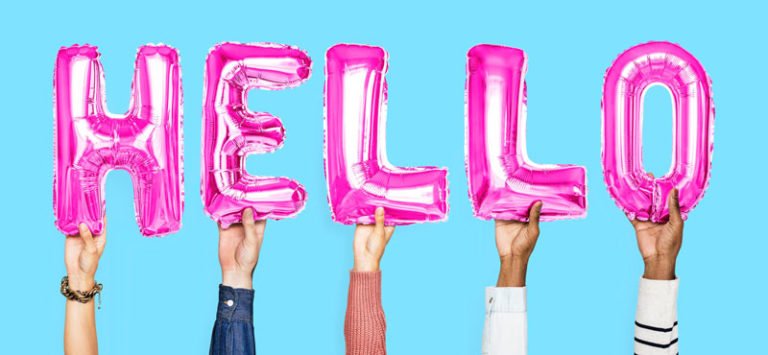
Image Source: rawpixel.com
If the design professional will be unclear about what your business is, then it’ll be challenging to create an identity for it. When describing your business, include the following:
- Vison and mission
- Background or heritage
- Products and services
- Competitive advantage
- Other activities i.e. CSR
You don’t need to write an essay on this. In fact, a well thought out paragraph or a few bullet points can help you emphasize the key factors.
Example: Let’s say you run a bakery in a small town in Texas. There are other bakeries on the same street or a few blocks away. What’s special about your shop? There has to be a unique selling proposition no one but you has. So when filling a creative brief to get a website designed for your bakery, you could mention that you create instafamous treats, or that you make themed cupcakes for specific special occasions such as weddings or valentine’s day. Designers can highlight the special traits of your business by giving each a separate web page with a customized layout, call-to-action, and photographs.
The better you introduce your business, the more you’ll help a professional understand your needs and help make a spot-on design that attracts and converts.
2) Define The Project

Image Source: Unsplash/Edho Pratama
When giving instructions to anyone it is important to clearly explain what it is that you want.
This is what you’ll need to elucidate:
What Do You Want?
For your brand, you can want a number of items to build its identity. If you’re a startup you may like a logo design, stationery such as a business card or pamphlet, and a lot more like website design and even social media design.
You can go with single options or get a cost-effective design package with more than one thing at a time. Whatever it’ll be, you need to correctly pick the service you want and list the details.
Why Do You Want It?
“I want it” is not enough when you’re opting for a design service. If you’re going for ready-made logo designs then you don’t need to state a purpose. But if you want something customized then it’s critical you mention the objective. This helps to properly position your brand in the market.
You could want the following:
- To educate
- Sell a product
- Gain subscribers
- Build a brand
- Generate sales
- Encourage engagement
Example: Say you’re a real estate entrepreneur wanting to create a logo design for your personal brand. It’ll be useful to mention that you’re not an agency but a person, that you want to shed limelight on your name and personality, and you want to build a distinctive brand. This’ll help a designer decide a befitting type of logo and style of logo for you.
3) Describe Your Target Audience

Image Source: rawpixel.com
You need to identify the people who need your services and products. Based on the data you collect, you may even want to create a buyer’s persona to outline your ideal customer/audience.
Here are a few things that’ll help a designer design your brand better:
- Demographics of the people you want to reach. This can include age, gender, race, and religion.
- Geographic location of the audience a.k.a geolocation these days. This has to do with where they live: continent, country, town.
- Psychographic of the target market involves qualitative information such as personality, values, attitudes, opinions, lifestyles, interests.
Example: You’re a hand-made shoemaker who would like to rebrand your family business in order to charm the following audience: millennial males with a penchant for luxurious fashion such as custom leather shoes. This detail will guide the graphic designer or web designer to rejuvenate your brand image in way that it resonates with your potential customers.
4) Pinpoint Your Competitors

Image Source: Pixabay/ padrinan
You wouldn’t want a designer to create something similar to what your competitors have created for themselves. For this, you must identify all the competitors you have within the industry and make sure that your brand stands out among the flock.
Thus, write the names of your competitors and links to their branding in the creative brief so the designer will then be able to evaluate how your brand can be unique, while making sure it looks you’re from the same industry.
Example: You’re an event management company with the name York’s Event Management. On the other hand, your competitor’s name is Yondell Event Management with a lettermark that reads YEM. In this case, the designer will make sure not to use your initials for the logo design. Instead he/she will think of other ways to design your identity, such as a brand mark (icon) or your full name in signature style, or combine both.
5) List Technical Project Details
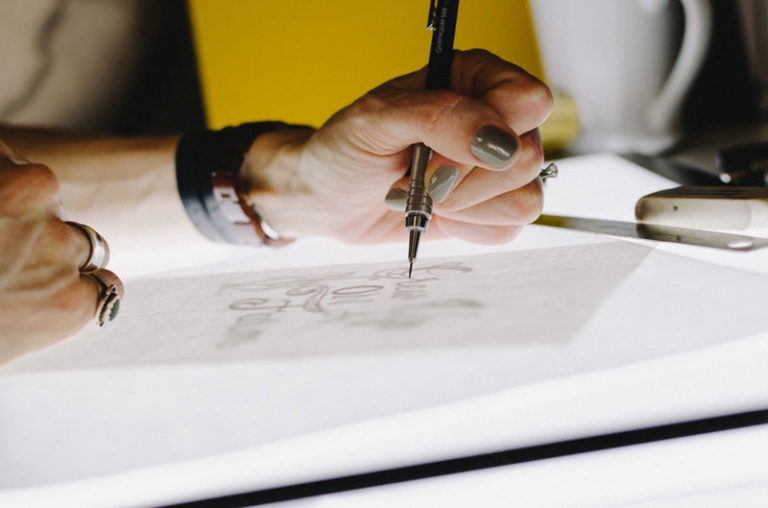
Image Source: Unsplash/Kelly Sikkema
Once you’re done with the fundamentals, it’s time to get to the real business. As the company or the brand you’ll have an idea of how you want to appear in front of your audience. This is why you need to state the following in the creative brief outline:
- List the brand elements you need and provide your preferences, including message, tone, and style. You should also specify the colors and the type of look you’d like.
- State the technical bits, such as the dimensions or the shape of the items you need. If you’re unsure then just mention the files you need. This means you need to tell the designer or design agency if you want the vector file and/or the image file.
Explore: Client FAQs About Design Projects
- Provide product specifications especially if it’s to do with packaging and labeling. The shape and the function of your products can help designers make a custom container and wrapping.
- Share the written content you’d like to go with the design of your website, brochure, or business card. Designers often put a dummy text, but if you want to see exactly how your text will look then you’ll need to include it in the brief as well.
Example: Suppose you’re an e-wallet startup that needs an app design, then it’ll be great to give a few details. You can describe: a) the sections/features you want, b) the overall look, c) the technical that is usability and user-experience.
Apart from these five key aspects of the creative brief, it’ll be good to mention the project deadline and the budget.
Well, just remember…
An incomplete and vague creative brief simply confuses designers and they’re unable to truly design the perfect brand identity for you. The designer could get away with guess work but in all fairness, you must invest time and effort to fill out all the requirements. Yes it’s not an entertaining task, but for your business to have a captivating branding and marketing, you need to specify all the important information.
What else goes in a creative brief? Share your tips in the comments below.
Media Service Logos
Marketing Firm Logo
Photographer Logos
Communication Company Logos
Business Logos

